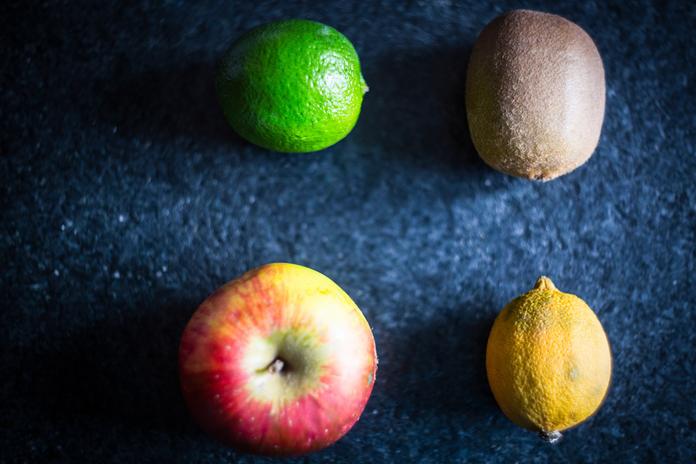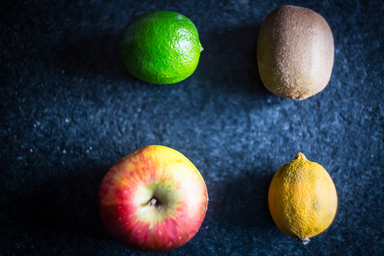It’s the end of Week 5 of Spring Quarter, and when you go to a quarter-system school, that’s a long-time coming. My two friends and I decided to treat ourselves to a ramen dinner at Ajisen, a restaurant in Diamond Jamboree. Truthfully, we had dinner out not only to spare ourselves of the burden of cooking but also because one of our social science professors had coaxed us to try eating ramen like a ramen master, all for a point of extra credit.
Photo Credit: Reema Saad
So we prepared ourselves. Before heading over to dinner, I rewatched this clip from the movie Tampopo a few times to understand the art of eating ramen in a philosophical manner. As the main character describes, there’s a certain appreciation that goes into eating ramen–observing the dish as a whole, admiring the glistening fat on the surface of the soup, caressing the surface of the noodles to show them affection, savoring the pork as it marinates in the broth, and even apologizing to the pork and wishing to be reunited with it in the afterlife.
At this point, I should probably divulge some important information to you: I’m a vegetarian, so any sort of spiritual appreciation for pork was not on my menu for the night. When it came time to order, I settled on an assorted vegetable ramen with a vegetarian shoyu base. And while I would love to turn this into a food review, I’ll just say that I was pleasantly surprised with the freshness of the vegetables and how well they paired with the light yet flavorful soup. Ramen isn’t meant to be vegetarian, so the fact that this restaurant even accommodated my lifestyle choice was good enough for me.
Photo Credit: Reema Saad
Now for the hard part. I was so tempted to start digging in (ramen is meant to be fast and informal, after all), but I had to recall the wisdom from Tampopo. Clearly, I had no pork to observe and give thanks to, but I did pick at my vegetables–in a good way. As you can see in the photo, the vegetables were aesthetically arranged on top of the ramen noodles, and I used the tip of my chopsticks to contrast the texture of each vegetable. My favorite were the enoki mushrooms, which look and feel almost indistinguishable from the ramen noodles.
And finally, I started eating. It’s acceptable, and even customary, to slurp your noodles when eating ramen, but I wanted to take my time and be hyper-aware of the food going into my mouth. I tried each vegetable individually so I could learn the taste of each one. Then, I slowly chewed a spoonful of noodles and followed it with a spoonful of soup. From there, I played with combinations, from carrots and corn to enoki mushrooms and noodles (I really wanted to see if I could feel the difference!).
Because I had taken so much time to interact with my food, I found myself barely making a dent in my bowl by the time my friends were nearly done eating. I don’t typically take so much care in how I eat my food, so I was pleasantly impressed to see myself taking this challenge so seriously, especially since I didn’t think I could have as much of an enlightening experience with a vegetarian option. There may not have been pork fat glistening on the surface of my broth, but the oil was just as mesmerizing.
As I was eating, I also started to contemplate what kind of food we usually give thanks to and realized we have a strict binary on how we perceive animal life and plant life. Many people choose to go vegetarian or vegan because of animal rights and the fact that animals sentient. And yes, I’m going to be one of those people–but what about the plants? We may not have sufficient evidence that plants are sentient, but we should start to see them as kin like we do animals. Of course, we need to eat something to survive, and whether you’re a passionate meat-eater or a raw vegan, we can come together in commonality by beginning to appreciate our food more and treating the land in which our food comes from with more respect. We rely on this food for survival, so let’s not take for granted the sources of our meals.



